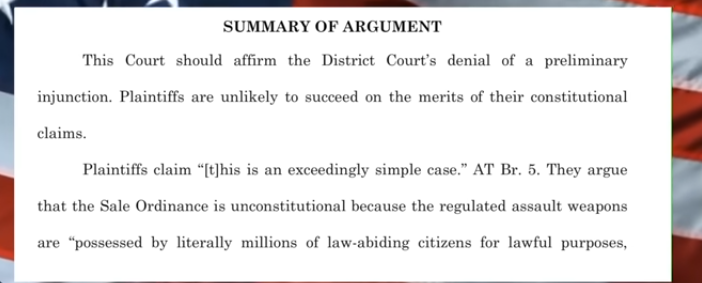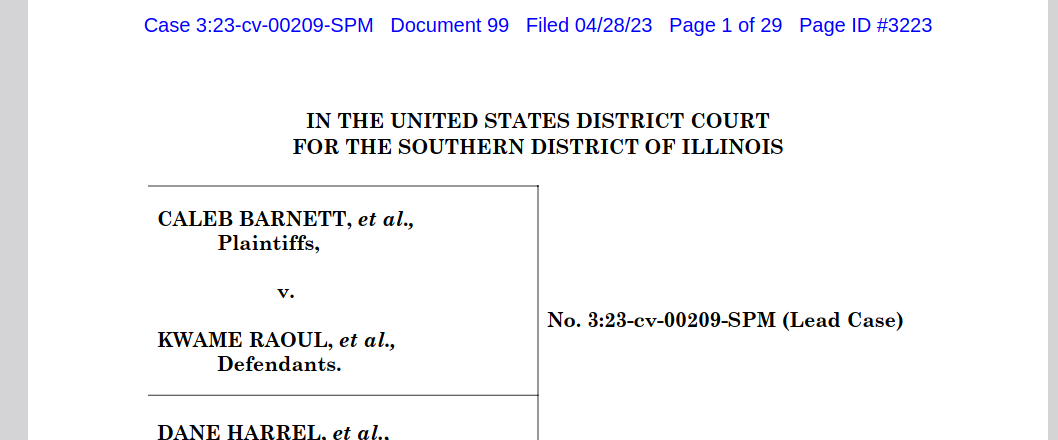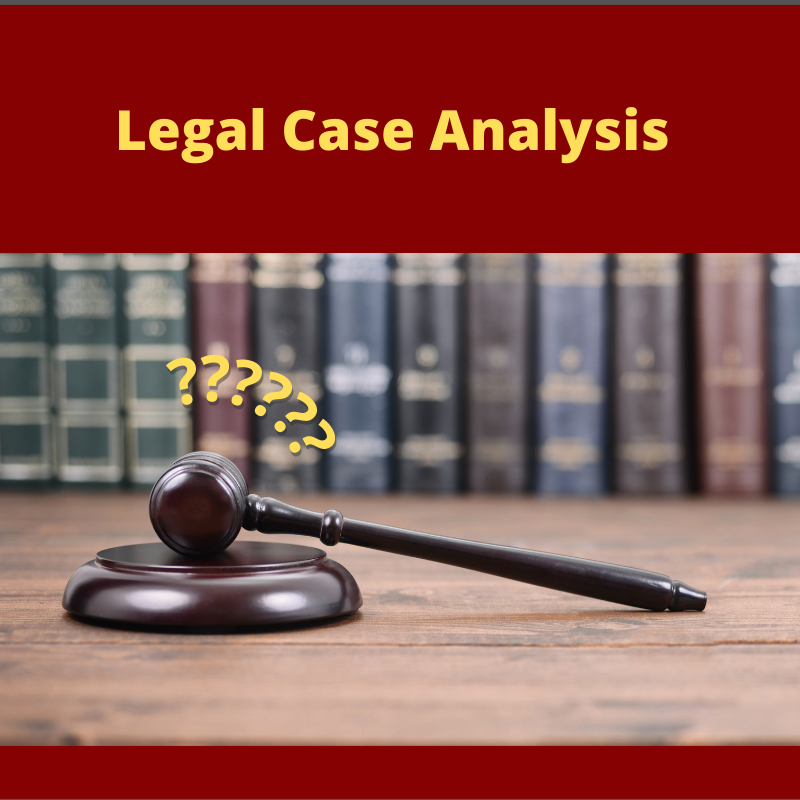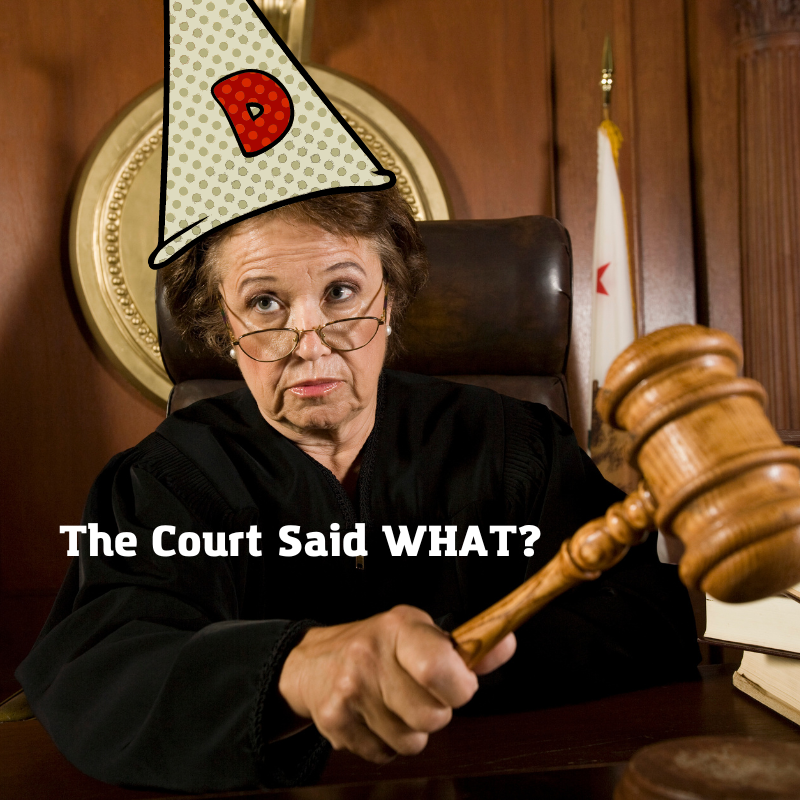For the last couple of weeks, I’ve been working with a great group of people at the CourtListener site. They are one of a number of projects that are supported by the Free Law Project.
All of this started because I asked for help uploading a document I had paid for. The project lead helped and asked for an error report. I gave it and in the midst of that asked, “How do you do X?” His reply was geek to geek. “That is a feature people have been asking for. Feel free to write it.”
I did.
Since then, I’ve been contributing little bits and pieces, but that is not the point of this article…
I asked for a simple link I could press to get proper citations. Citations that I can use here. They didn’t have one. Worse, they explained to me how I’m wrong…
It took me a week of being told wrong before somebody actually bothered to say what I was doing wrong. Part of that is because they have their own use cases, and we do not fit into their world view.
Most of the time, what I get is a short screenshot with the YouTuber, maybe giving me a little more context.

If I am a bit luckier, I might get something like this:

From this, I need or want to find the actual case. That should be pretty easy, right? Not so much.
The header on this document indicates that it came from PACER. That is not enough to actually locate this particular document.
To locate this document, you have to find it. The case number, 3:23-cv-00209-SPM, is not unique. I’m not sure what the leading three means. “23” means that this case was filed in 2023. “cv” means that it is a civil case and not a criminal case. It is case “00209” in this court. “SPM” are the initials of the judge hearing the case.
There is not enough information to find the actual case. For that, you need to the actual court, which is under the header. “In the United States District Court for The Southern District of Illinois.” That is a mouth full. You need to look that up in “Table T9 and T12” WTF? Yeah, that is what I said.
The answer is that “Tables” are published in The BlueBook. It is one of those textbooks that every lawyer has. It is also expensive as heck, and the online version is only available as a subscription.
Within those tables, you find that “Southern District” is abbreviated “S.D.” and that “Illinois” is abbreviated as “Ill.”
Thus, you are looking for case 23-cv-00209 in S.D. Ill. in 2023.
Unfortunately, that isn’t a very useful citation. Nobody remembers numbers like that.
If you look that case up, you will find a more formal citation Barnett v. Raoul, 3:23-cv-00209, (S.D. Ill.).
This is a bad citation. It looks good, but it is not. It is not a good citation because legal people don’t cite to cases. Instead, they cite to documents within a case.
A more correct citation to the document I show above would be the following:
Order Mot. for Prelim. Inj. at 5, Barnett v. Raoul, No. 23-cv-00209 (S.D. Ill. Apr. 28, 2023), ECF No. 99
And that would tell a lawyer type person exactly where to find that document. For you, I link to it. There is no reason to make you do the search.
But let’s say you aren’t trying to reference a document from a pending or undecided case, but instead wanted a document from a decided case.
First, lawyer type people don’t really seem to care about the documents filed, they care about the final decision. This is the “Opinion” or “Order” or both.
These are either published or unpublished. If they are published, they are published in a “reporter”. Each reporter has a unique name and a unique abbreviation.
In the lawyering world (sort of like the wizarding world but not nearly as much fun to visit) they might say something like “410 U.S. 113” or, if they are researching from a different source, “98 S. Ct. 705” or even “35 L. Ed. 2d 147”. These all mean the same thing. Roe v. Wade
“U.S.”, “S. Ct.” and “L. Ed. 2d” are reporters. The leading numbers indicate the volume, and the trailing number is the page number which starts the decision.
A citation into this opinion would look something like:
“[The Constitution] is made for people of fundamentally differing views, and the accident of our finding certain opinions natural and familiar or novel and shocking ought not to conclude our judgment upon the question whether statutes embodying them conflict with the Constitution of the United States.”
— Roe v. Wade, 410 U.S. 113, 117 (1973) quoting Lochner v. New York, 198 U. S. 45, 76 (1905)
To do that citation, I had to find an actual PDF of the opinion from one of the reporters to have good page numbers. Often there are text versions of the opinion with the page numbers stripped off or, worse, with the page numbers not matching the citation. In other words, you might click on 410 U.S. 113 and the site you are visiting my take you to the 98 S.Ct. 705 version. The only differences being the page numbers. And since the reporters can use different font choices, the page numbers might not match with a constant offset.
What all of this means is that I’m working with the people that truly care about doing this correctly. I’ve got a couple of subject-matter experts working with me to figure out the best way to automate the citation process to give the best results.
Meanwhile, I’m trying to figure out if our readers would prefer to see: Order Caleb Barnett v. Kwame Raoul, 23-1825, (7th Cir. May 04, 2023) ECF No. 9 OR Order Barnett v. Raoul (7th Cir.)?





